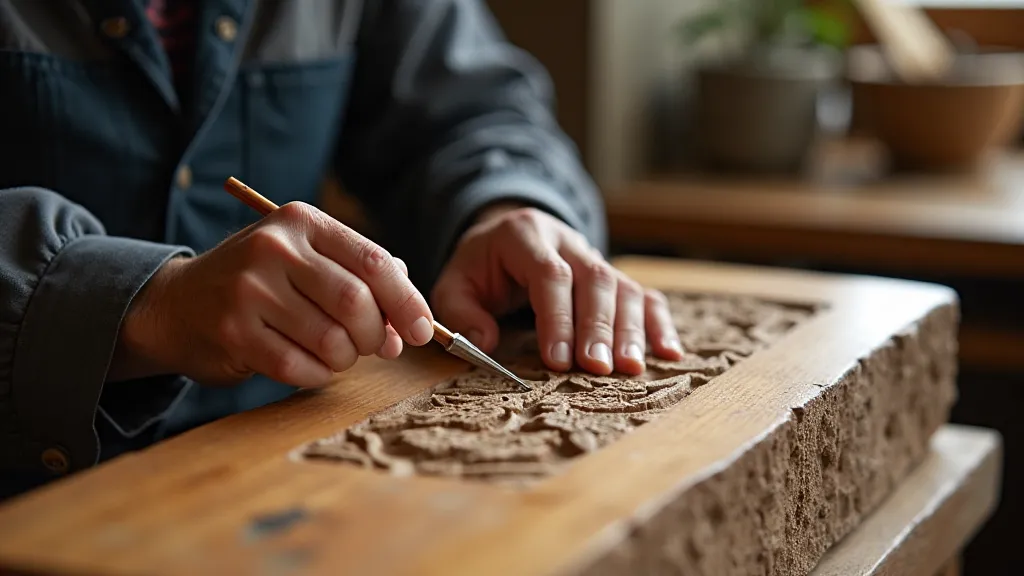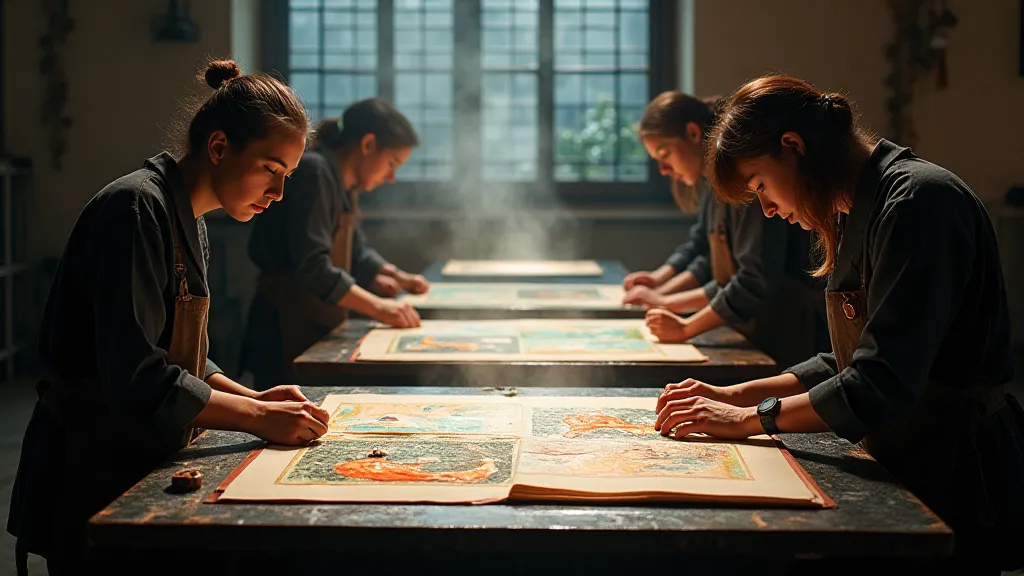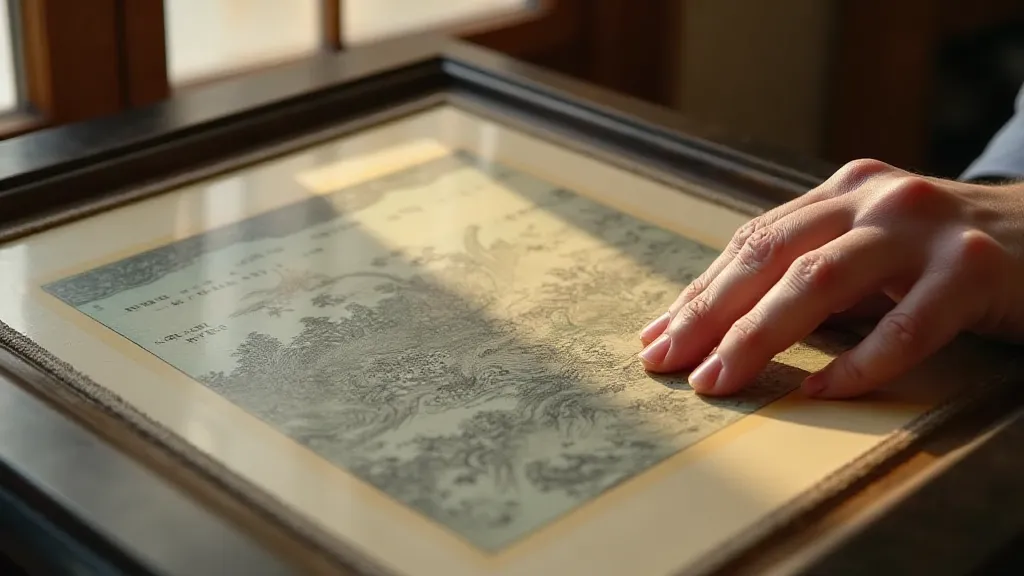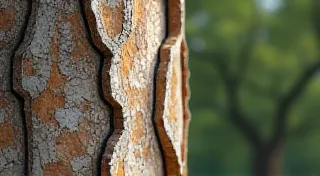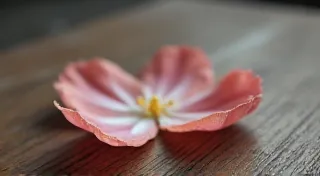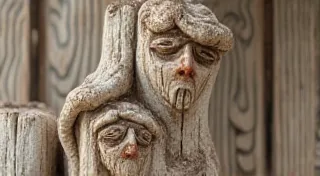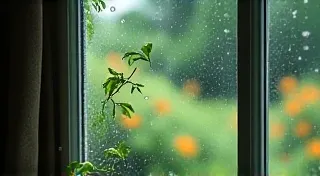The Silent Dialogue: Collaboration and Community in Mokuhanga
There’s a peculiar intimacy to old things, especially those that have borne the touch of many hands. It’s a feeling I often experience when handling my grandfather's antique accordion. Each button, each reed, whispers of long-ago gatherings, of laughter and music shared. It's not just an instrument; it’s a repository of connection. And I find a remarkably similar sentiment resonates within the world of
